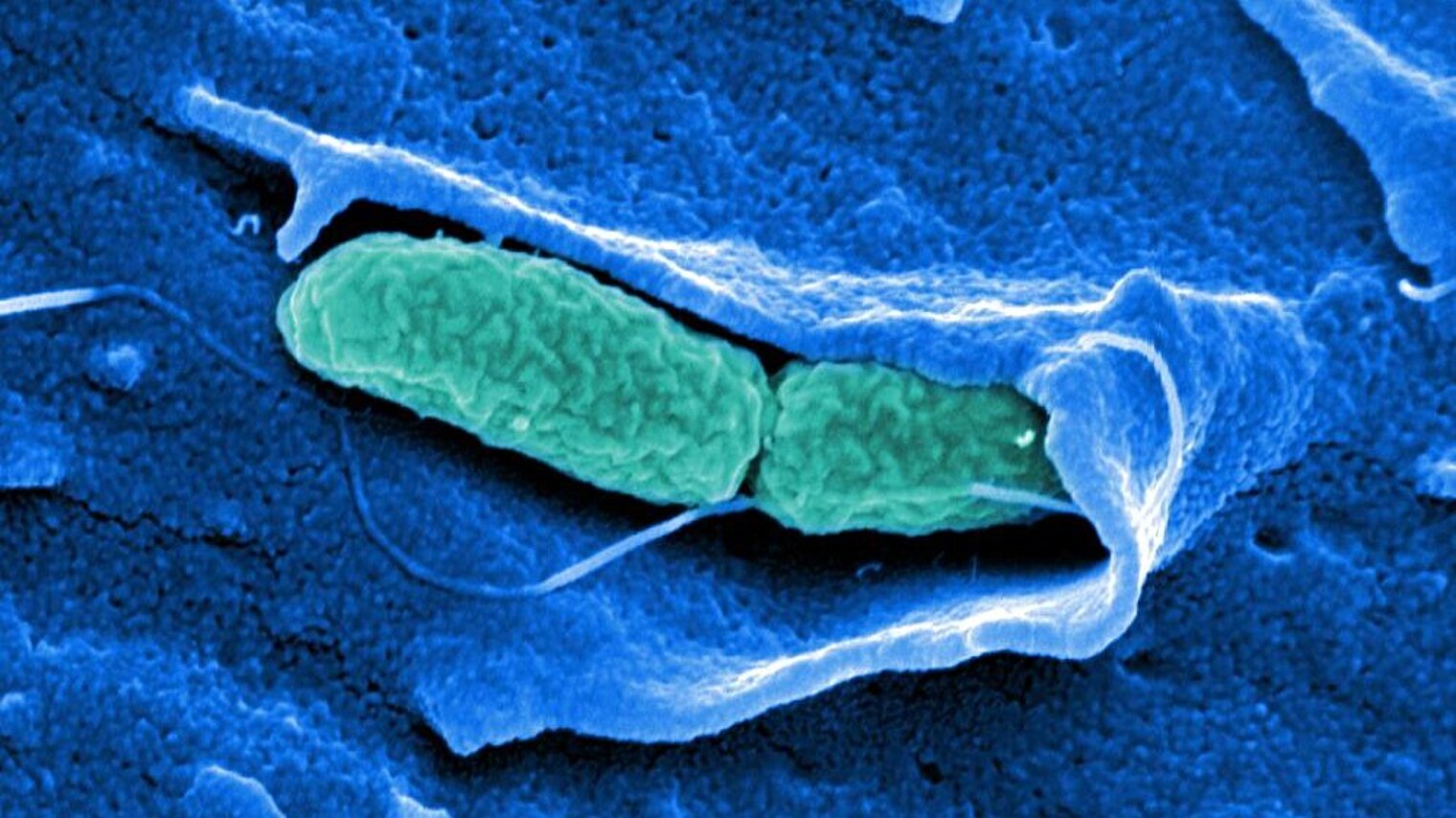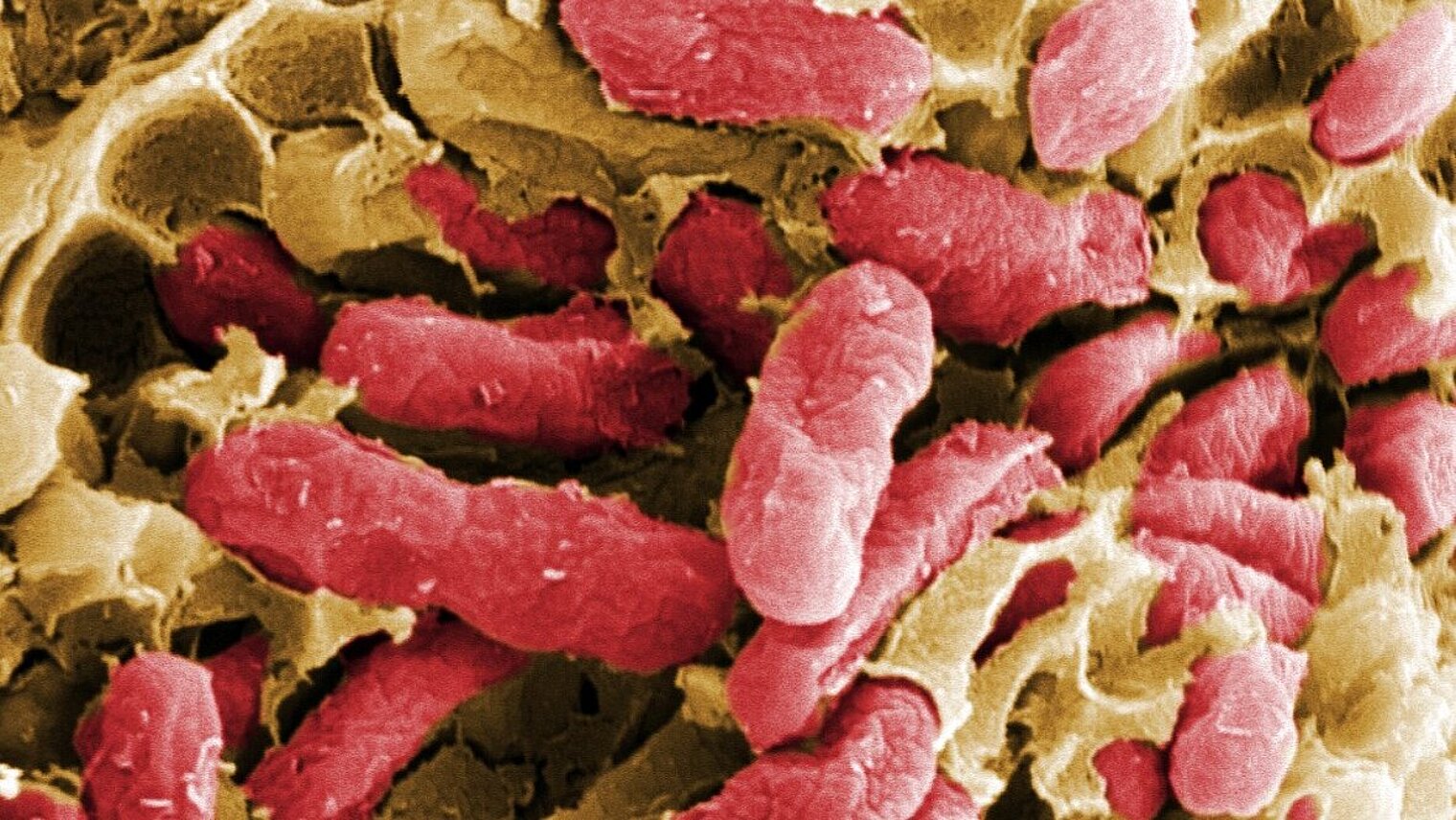Zoonoses - Life between the species

Zoonoses are infection illnesses which can be transferred naturally by the animal on the person. The zoonoses pathogens enclose bacteria, viruses, parasites, fungal infections or other biological units. (RKI)
Plague, salmonellosis, rabies, SARS, Lyme disease, Creutzfeld-Jakob disease, and avian flu are only a few of a host of pathogens that can readily transfer from animals to humans – and vice versa. In the US, their bite transmits Yersinia pestis from plague-infested meerkats to domestic cats that in turn pass the bacterium on to their human owners. A rabid dog infects its owner via its saliva; a tick that feeds on the blood of borrelia-infected wildlife can transmit the bacterium to humans through its bite; influenza-infected migratory birds infect poultry, which in turn pass the virus on to the poultry keeper.
Different kinds of infectious agents – including viruses, bacteria, fungi, prions, or parasites – use different routes to move from one species to another. Roughly 1,500 microorganisms that are able to infect humans are known to science – more than two-thirds of them are zoonotic pathogens. Some of them transfer directly from one species to the next; others use vectors like insects – ticks, mosquitoes, or horse flies.
Center for Zoonotic Infectious Diseases
Humans have extensive contact with animals – and thus unchecked exposure to disease vectors. However, the different routes a pathogen might use to jump from animal to person – or from person to animal – is only incompletely understood. What are some of the emerging species-jumping diseases we should be aware of for the future? How do pathogens manage to adapt to a new host species? Could it be that zoonotic pathogens are responsible for a larger number of human diseases than scientists had previously thought? How do zoonotic pathogens transfer from animals to us? How serious is the threat of ingesting food-borne pathogens? What are some of the predicted effects of climate change and the accompanying expansion of insect populations that are responsible for the transmission of malaria and other zoonoses like it?
These are but a few of the questions science has thus far been unable to answer – but scientists are actively searching for answers. Like, for instance, at the brand new Center for Zoonotic Infectious Diseases at the University of Veterinary Medicine Hannover, which was co-founded by the Helmholtz Centre for Infection Research.
Influenza – the zoonosis that returns every year
At the Helmholtz Centre for Infection Research, scientists are studying the influenza virus – the culprit behind our common “flu” – as an important representative of zoonotic infectious agents. Each year, the virus takes a trip around the World. Human influenza travels with people; the bird flu travels with migratory birds. In recent years, the number of people that contracted the avian flu virus has grown steadily. A rather dangerous host switch – because if the influenza virus is in fact jumping species from birds to people, it has not yet adapted to the human organism. This lack of adaptation makes this particular zoonotic infection potentially life-threatening. Wherever migratory birds congregate and animals and people live in close quarters, the avian flu virus poses a serious threat to public health. However, not every single influenza virus is equally virulent and, by the same token, not every single person is equally susceptible to being virally infected.
Our researchers are actively searching for viral markers that can provide clues as to the threat posed by certain viral strains and also for host markers they can use to assess whether or not a person or animal is especially susceptible to infection with the influenza virus. On the one hand, such markers can help with evaluation of the threat to people that have been exposed to the virus while, on the other, it also provides an important basis for new drug development.
(jsg)



